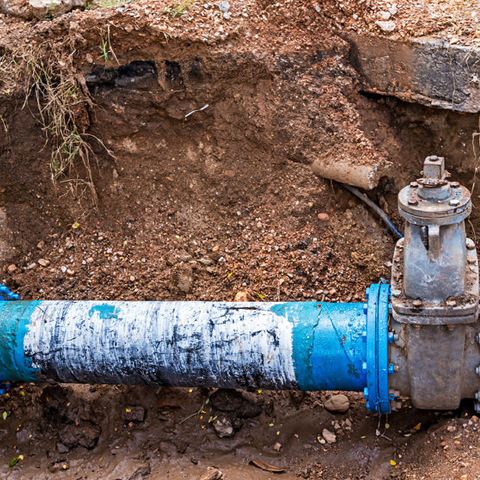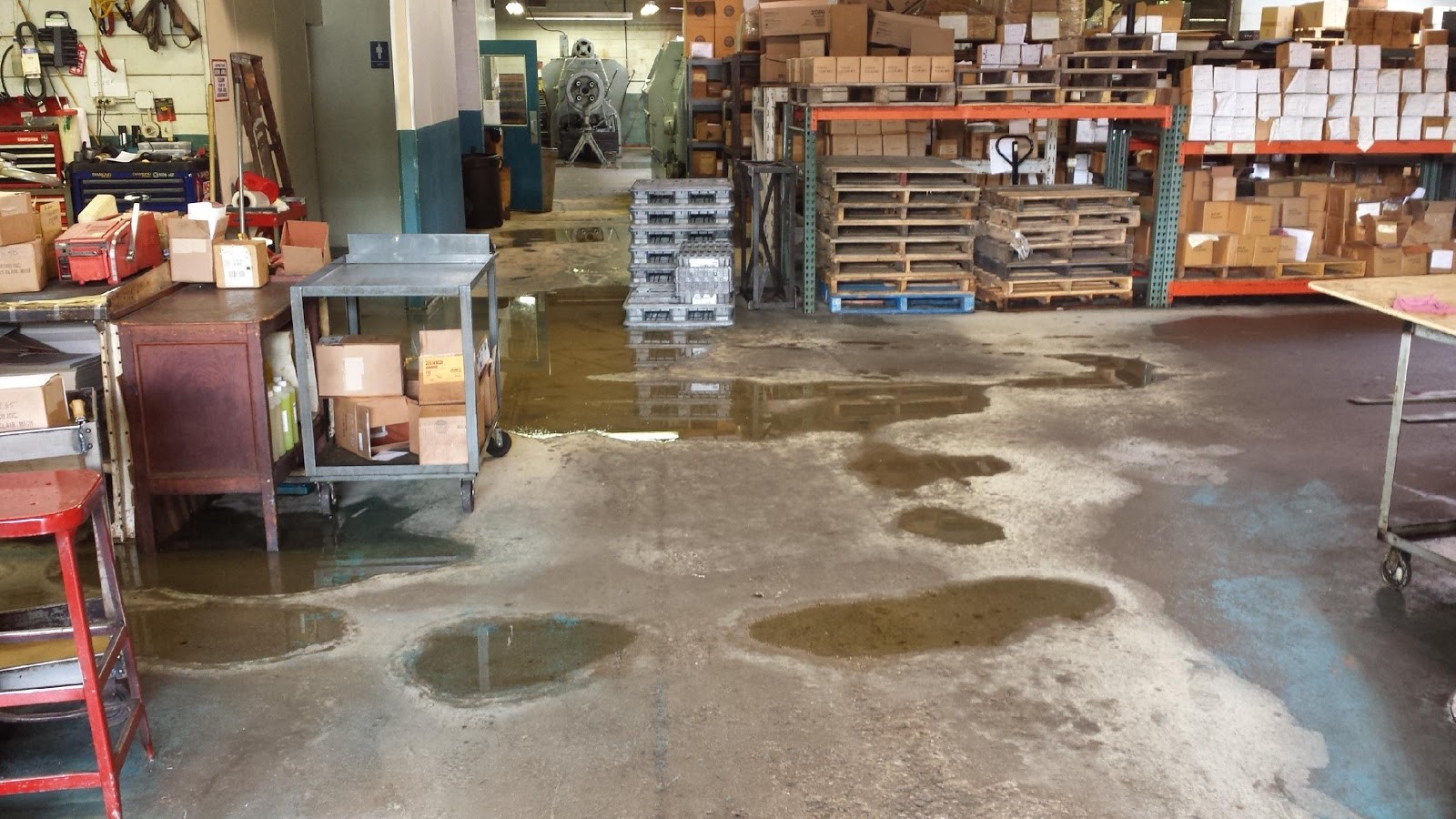From Detection to Correction: A Fast Approach to Handling Burst Pipes
From Detection to Correction: A Fast Approach to Handling Burst Pipes
Blog Article
What're your opinions with regards to How to Prepare for Your Dishwasher Installation?

A ruptured pipeline is a significant emergency; you can just stand as you enjoy water you pay very much to reunite with the earth. In worse cases, you notice a pool on your cooking area flooring, which is a great trip hazard, especially if you have youngsters around. If the pipeline that ruptured remained in your wall surfaces, problem: you may need to repaint that whole area.
Exactly how can a catastrophe like a burst pipe be prevented and taken care of? Well, by paying attention to your expert emergency plumbing technicians as well as following these rules.
Just how do I recognize when my pipelines have burst?
Fluctuating water pressures
Pipelines do not just burst in a day. You may have seen that your cooking area faucet or shower doesn't run immediately when you transform the tap. It may pause for a couple of secs and after that blast you with even more pressure than typical.
In other instances, the water might appear typical initially, then drop in stress after a couple of secs.
Polluted water
Lots of people think a ruptured pipe is a one-way outlet. Fairly the contrary. As water spurts of the hole or tear in your plumbing system, impurities locate their method.
Your water may be contaminated from the resource, so if you can, inspect if your water tank has any type of issues. However, if your alcohol consumption water is provided as well as purified by the local government, you must call your plumber right away if you see or smell anything amusing in your water.
Puddles under pipelines and sinks
When a pipeline ruptureds, the outflow develops a puddle. It might appear that the pool is growing in dimension, as well as despite the number of times you mop the pool, in a few mins, there's another one waiting to be cleaned up. Often, you might not be able to map the puddle to any type of visible pipelines. This is a sign to call an expert plumber.
Wet walls and also water spots
Prior to a pipeline bursts, it will certainly leak, a lot of times. If this persistent dripping goes undetected, the leak might graduate right into a vast laceration in your pipeline. One simple way to prevent this emergency is to look out for damp wall surfaces ad water discolorations. These water stains will lead you right to the leakage.
Untraceable dripping sounds
Pipeline bursts can occur in one of the most unpleasant areas, like within concrete, inside walls, or under sinks. When your home goes quiet, you may be able to hear an irritatingly relentless dripping noise. Also after you've inspected your shower head as well as cooking area tap, the leaking might proceed.
Dear visitor, the trickling might be coming from a pipe inside your wall surfaces. There isn't much you can do concerning that, except tell a professional plumber.
Show up the Warm
Establish fans to blow warm right into cold spaces. Maintain the garage door shut. If you have minimized water circulation, warmth the most prone pipelines (usually in basements as well as crawl spaces or near outside walls) with a hair dryer. Leave the tap on while you use heat. As you melt ice, the circulation will certainly increase. To avoid pipelines from cold, insulate your walls.
Begin Removing the Water
Grab the mop, containers and also a store vacuum to start to do away with the water due to the fact that you absolutely do not want it saturating into everything else in the house. Plus, a quick clean up will decrease the chances of something getting moldy.
What do I do when I find a burst pipe?
Your water meter will continue to run even while your water wastes. To minimize your losses, find the main controls and turn the supply off. The water mains are an above-ground structure beside your property.
How to Fix & Detect a Leaking Pipe
How Do I Know if a Pipe is Leaking?
Leak detection tests can help you determine if your pipe has a leak. Even if you don’t see an apparent leak, you should still conduct leak detection tests regularly to save water and money—and prevent major damage to your home.
Water meter. It can be helpful to figure out what your usual water meter usage numbers are and then monitor them regularly. To monitor your meter, first, turn off all water faucets in your home. Check the meter and write down the numbers. In a few hours, check the meter again. If the numbers have changed, you have a leak. Water gauge. Use a water gauge to test your water pressure. Your showerhead should produce a certain amount of water pressure based on its model and design. If the pressure is lower than it is supposed to be for that specific showerhead, your home likely has a leak. Puddles. Look inside your bathroom, laundry, and kitchen sink cabinets. Puddles around the cabinets or around toilets, tubs, showers, and washing machines indicate the presence of a leaking pipe. You may also notice loose tiles, peeling or flaking paint, or mold caused by water accumulation. Napkin test. Even if you don’t see any puddles, you may still have a leak. You can test for water leaks in the bathroom, laundry, and kitchen by wiping below-sink connections with a napkin, paper towel, or piece of toilet paper. If it becomes damp, you probably have a leaking pipe under the sink. Discolored walls. Walls that are discolored—usually with brown or yellow stains—or bulging might mean that they have been impacted by water damage caused by a leaking pipe. Smell. A leaky pipe will create sitting water, and over time, that water may develop a musty smell. If your home smells musty, but you can’t locate the source, it may be due to a leak. Steps for Fixing a Leaking Pipe
A leaky drain can be remedied by tightening the pipe base, replacing the drain seal, caulking the rim, and tightening the pipe nut. Similarly, a leaking toilet pipe can be treated by tightening the packing nut. You may also need to replace the valve. A leaky faucet may just need tightening or replacement of the washers. If that doesn’t work, consider replacing your faucet. If your pipe has a hole in it, you may want to use a pipe leak sealer or pipe leak tape. This quick fix for water pipe leaks can also temporarily fix a copper pipe leak. https://www.ahs.com/home-matters/quick-tips/how-to-tell-if-pipes-are-leaking/

Do you like reading up on How to Install and Connect a New Dishwasher? Try leaving a remark directly below. We'd be interested to know your opinion about this blog. In hopes to see you back again before long. Don't hesitate to take the opportunity to distribute this blog post if you enjoyed reading it. I appreciate reading our article about What to Know Before Installing a Dishwasher.
Book Now!
Report this page